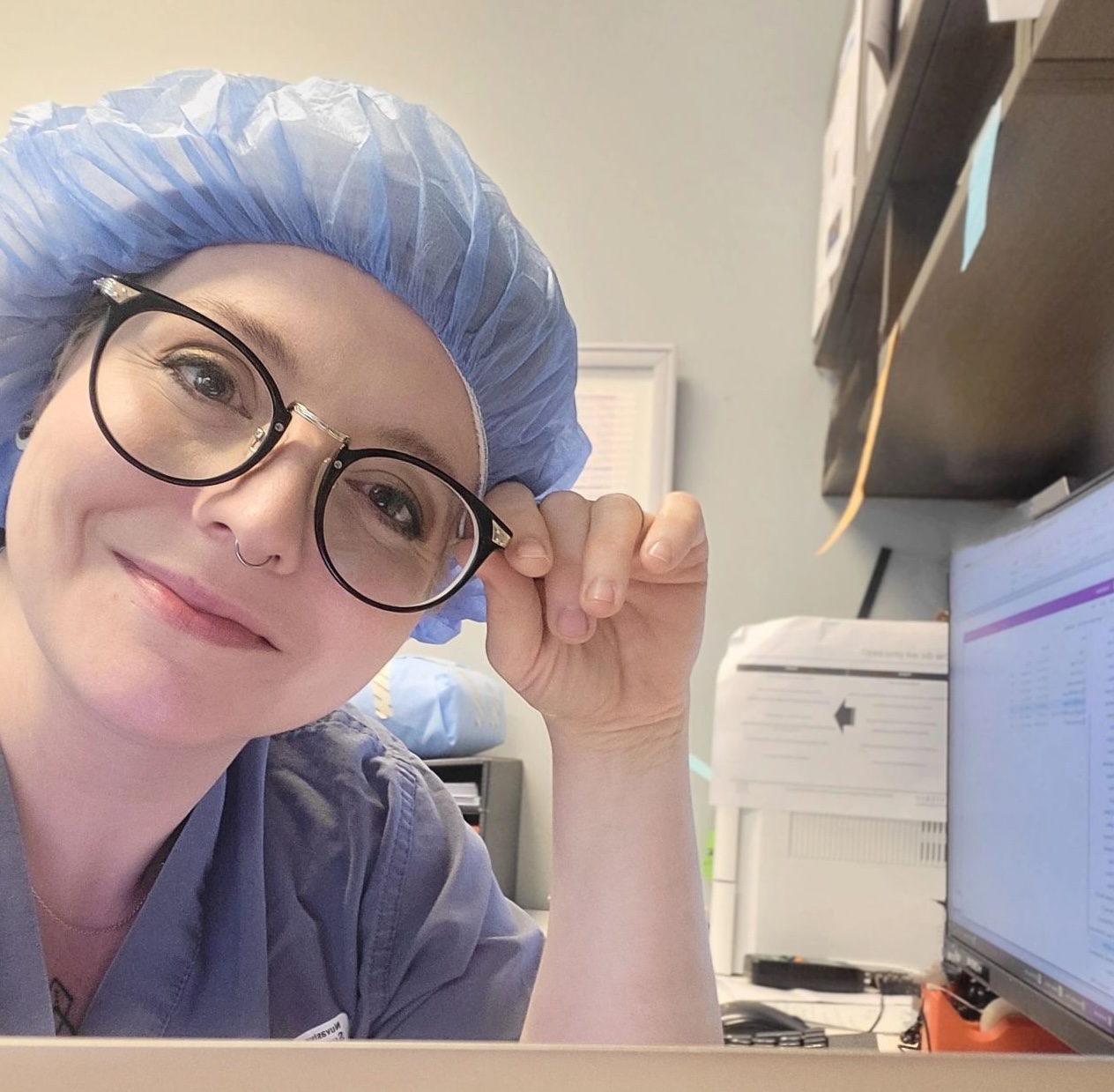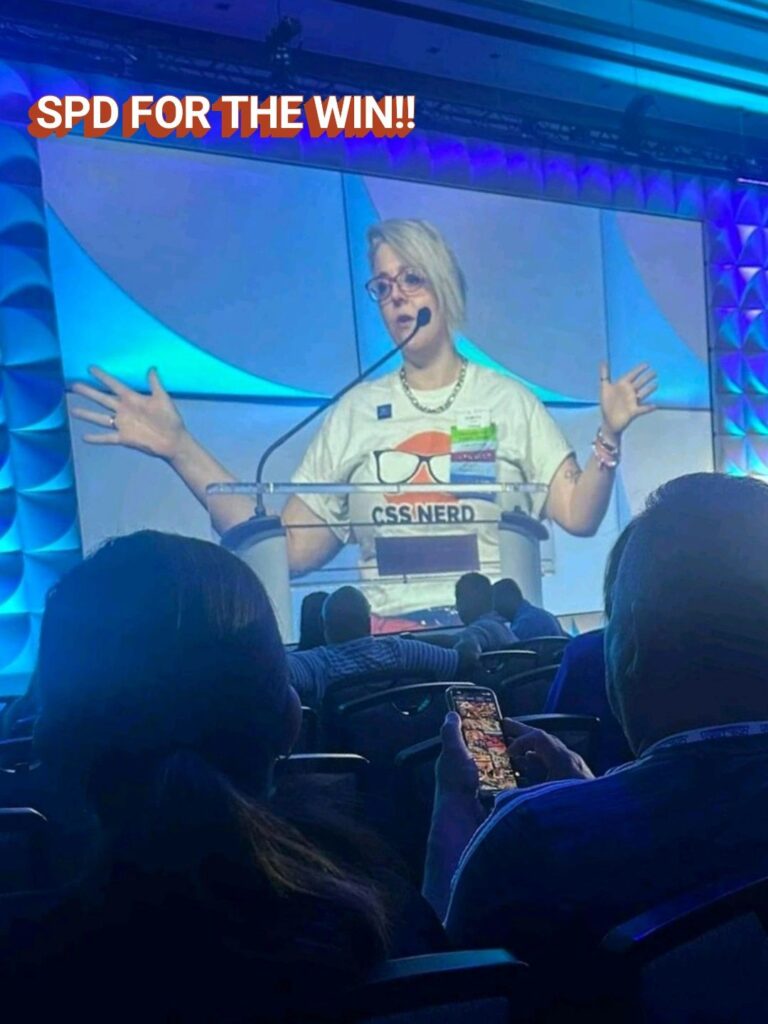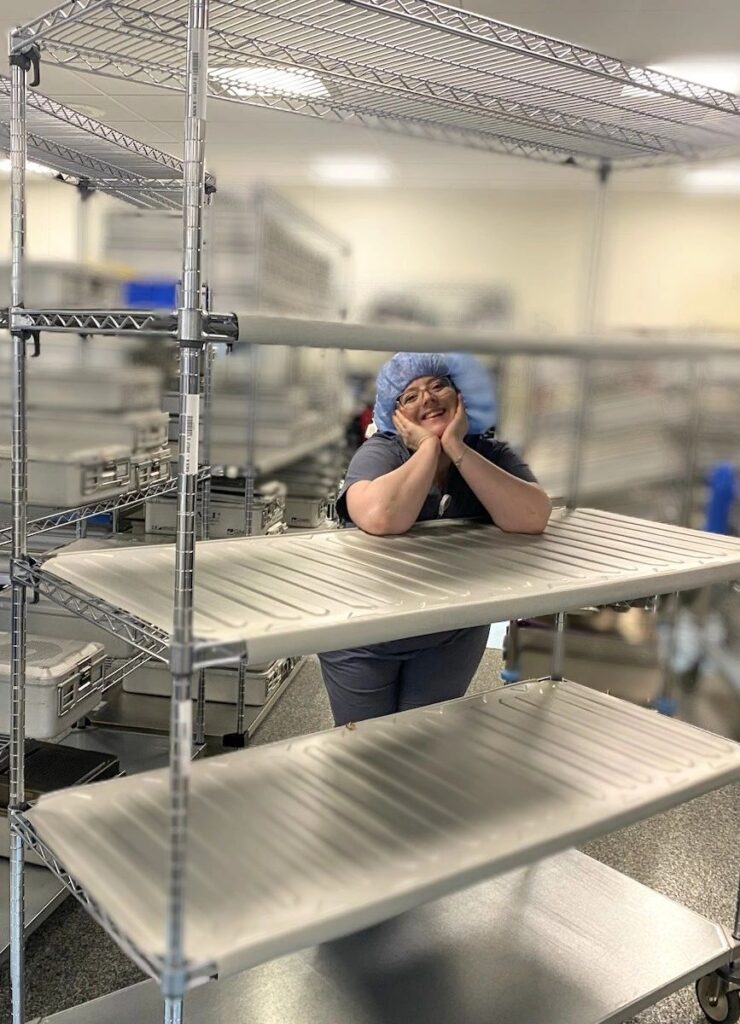
Sarah B. Cruz, AS, CSPDT, CRCST, CIS, CHL, is implementing real programming that will increase the number of professionals who commit to sterile processing as a career path and encourage stakeholder investment in the profession.
Hartford, Connecticut – Riding an exponential wave of technological advancements and increased recognition, sterile processing is undergoing a major period of evolution that many professionals have likened to a renaissance.
This collective elevation is a result of real, grassroots efforts by technicians and leaders who want to see sterile processing reach the level of recognition it deserves – not just for the technicians themselves, but for the good of patients and hospital systems.

Sarah B. Cruz, AS, CSPDT, CRCST, CIS, CHL, is one professional leading this charge. Cruz is Vice Chair of the HSPA Chapter Committee, a Sterile Processing Instructor at Tunxis Community College, Connecticut Sterile Processing Association Chapter President and a CS Quality Education Program Development Coordinator with Hartford HealthCare’s Bone and Joint Institute. Before her appointment to Vice Chair, Cruz served as an HSPA Board of Director for two years.
Cumulatively, Cruz has 17 years of experience in sterile processing. Like many others, she worked as a technician for many years before entering leadership roles. During those years, she felt firsthand the impact of working in an underappreciated specialization.
“I remember feeling as though whatever I did wasn’t enough,” said Cruz. “Then, I realized that feeling was just integrity screaming for an outlet to make an impact. That’s when I started to become an advocate for the industry.”
Cruz’s advocacy has led her to positions as a columnist for Process Magazine, a contributing writer for NewSplash, and even sparked the creation of her company, Precept Co. a systems execution company designed to accelerate progress for process and quality systems.
It’s all in service of making sterile processing the best that it can possibly be as a specialization.

“We have a profound impact on the patient safety outcome. We break the chain of infection,” said Cruz. “If sterile processing is the heart of the hospital, then the technicians are the pulse.
It’s really important to me to speak to frontline professionals as we elevate the profession, through this idea that sterile processing is a career and not just a job.”
As she continues to push for better representation, Cruz knows she isn’t alone. There’s a whole movement of sterile processing professionals out there who have been advocating for better working conditions, more respect, and more resources – all to create better outcomes for patients and stakeholders.
“It’s a renaissance,” said Cruz. “We’re discovering technology. We’re articulating our points more effectively. We’re becoming well-versed in speaking to our stakeholders. We’re listening to frontline professionals more effectively; we’re taking their needs and putting them into action.”
What it Takes: How the Renaissance Thrives
It’s not all talk, either. Cruz is implementing real programs aimed at uplifting sterile processing as a specialization, starting with expanding opportunities for professionals to take their first step into the profession.
One of the many programs Cruz has implemented to achieve this goal is called the HHC SPS Provisional Volunteer Program. This is a curated volunteer program for sterile processing students who are required to complete hands-on training hours in connection with an HSPA-based sterile processing certification course and other prerequisites for admission.
The program was born out of a phenomenon Cruz noticed in her work: more experienced technicians were ready to retire, but felt as though they couldn’t, because there weren’t enough experienced professionals to take the reins when they left.
Out of a sense of duty and responsibility, these professionals postpone retirement. Cruz hopes that this volunteer program, along with other initiatives, will help more professionals enter the career path by helping students complete the 400 hours of contact time required to take their sterile processing exam through HSPA. As more experienced professionals enter the workforce, technicians who yearn to retire are finally able to do so.
“The volunteer program is a direct result of my passion and my calling,” said Cruz. “I want to impact the front line and provide technicians with opportunities to not just succeed but thrive in this role. The rate of people actually committing to the career path was disproportionate, and that told me there was a need for more support and training opportunities.”
 The CSCU Sterile Processing Program Externship that Cruz also cultivated, provides critical first-hand experience to students to accompany their classroom-based coursework. “It’s very difficult to have a well-rounded understanding of your professional duties by just taking a test, then learning how to do your job afterwards,” said Cruz. “The goal of this program is to empower new technicians with real-life experience.”
The CSCU Sterile Processing Program Externship that Cruz also cultivated, provides critical first-hand experience to students to accompany their classroom-based coursework. “It’s very difficult to have a well-rounded understanding of your professional duties by just taking a test, then learning how to do your job afterwards,” said Cruz. “The goal of this program is to empower new technicians with real-life experience.”
Even though there is a significant need for more experienced professionals in sterile processing, Cruz says that many professionals still struggle to land a job. She hopes that this volunteer training program will give those professionals an additional edge on their resumes.
“It’s my calling to help the succession planning and the perpetuation of our industry with qualified, great candidates that are out there just waiting for a chance to get started,” said Cruz. “Let’s find the qualified candidates and elevate them.”
When SPD Thrives, So Does Everything Else
When technicians have the tools, resources, and education they need to thrive, the whole hospital feels the impact. Stakeholders, patients, surgeons, and more benefit from a strong SPD.
“Stakeholders are starting to realize that we’re a very good investment. As we start to pour into sterile processing, we are already seeing immediate ROI,” said Cruz. “Right now, we are making a big impact with very few resources. Just imagine what we could do if we had what we need.”
“Just imagine, for example, what would happen if a hospital had LeapFrog A-ratings all across the board,” said Cruz. LeapFrog is a non-profit focused on rating hospitals based on safety. An “A” rating is the highest rating given. “That says something. It makes insurance companies want to work with you because surgical site infection (SSI) resubmissions are down. By understanding the whole story of sterile processing, stakeholders can intertwine it into their strategic initiatives and implementation. We want to be part of that bigger picture.”
SterileBits: Lifting Up Sterile Processing
To read more stories similar to this one, visit the blog on www.sterilebits.com and follow SterileBits on LinkedIn.
To learn more about instrument protectors by SterileBits, visit the products page or contact us here.

